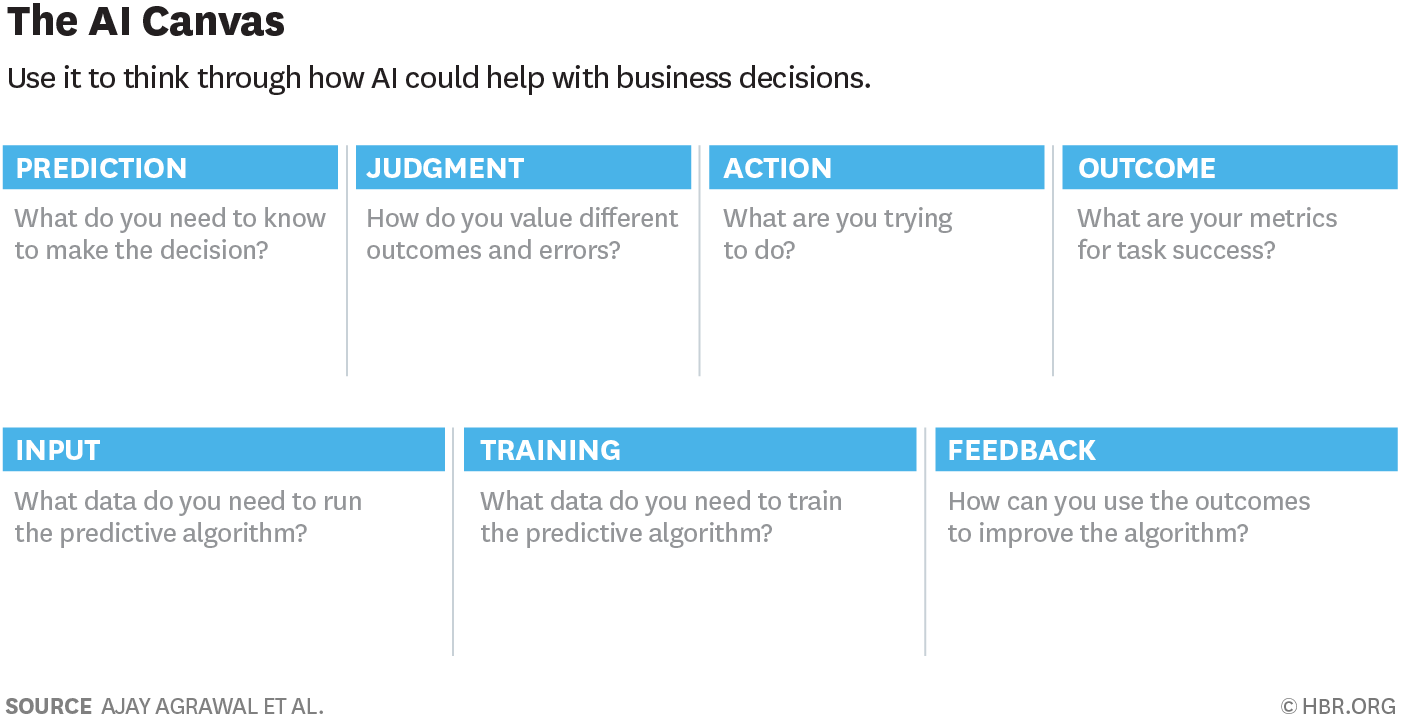Recent research underscores a leap in neuroimaging accuracy for Alzheimer’s disease diagnosis, emphasizing the superior performance of AI-assisted radiologists over either AI or humans alone. This collaborative approach marries the meticulous precision of AI with the nuanced understanding of human experts, potentially setting a new standard in the detection of amyloid-related imaging abnormalities. Specifically, it demonstrated superior performance in detecting amyloid-related imaging abnormalities (ARIA), crucial for amyloid-β–directed antibody therapy. This synergy enhances diagnostic precision and underscores the potential of AI-enhanced radiological diagnostics to improve patient care significantly.
How will this synergy between AI and human intelligence redefine the future of medical diagnostics? Can this model be the blueprint for addressing other complex diseases? This breakthrough prompts us to envision a healthcare landscape where technology and human expertise converge to offer unparalleled patient care.
Detailed study can be found in JAMA Network Open.


